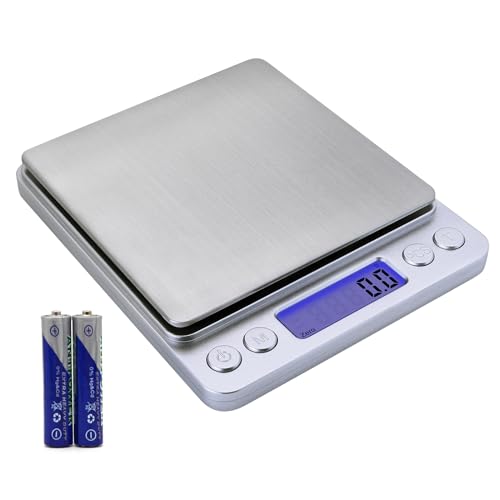... you could just do step 1 all by itself and have a low superfat recipe, or you could add oil afterwards willy-nilly and not know for sure how much SF there us, but if you want to know specifically how much of a specific oil will SF your recipe in step1 by the amount you chose in step 2, then you need to know exactly how much lye is being discounted. ...
If you are wanting to find the exact amount of oil that a lye discount will handle, then you need to know the whole amount of lye first, to find out the discounted amount of lye, to find out the weight of the oil that the discounted amount of lye would have handled.
If you are adding 8% of your oil weight after the fact, that's not necessarily superfatted 8%, depending on the oil's SAP value. Unless your oil's SAP is about the same as the SAP average in your base oils recipe. But if it's not, then you need a way to find the correct amount of oil that your lye discount covers.
We're finding the whole weight of the lye first, because that's the easiest thing to figure out in the equation, based on the only constants we have, which are the lye weight and percent after the discount, the lye discount percent (but not the weight yet), and the SAP of the oil we want to use. We don't know the amount of the lye we're discounting until we know the whole amount of the lye. and if we don't know the amount of lye we're discounting, then we can't use it with the SAP to find the weight of the oil we need.
You are figuring the weight of oil as a percent of the oils in your recipe.
It's not going to be the same for every oil though, so if you were figuring, for example, 2oz of Jojoba Oil. In the example I gave above, that's not coming anywhere near to superfatting the recipe at 8%, while if I used 2oz of Coconut Oil, same weight of oils, but it will more than superfat at 8%.
Try doing it your way with say.... Babassu instead of Pumpkin Seed oil. See what you come up with. Following your recipe and method exactly, you get the same 90g of oil when figuring a percent of oil weight.
However in doing the exact math, you come up with only requiring 73.97g of Babassu to SF the additional 8% after the cook, rather than 90g. Either that or an additional 2g of lye to get ONLY 10% total SF for that batch.
So like DeeAnna and I have been saying, you can either guesstimate your SF amount based on a percent of the oils, which is easier, but not necessarily accurate. If you have something with a higher SAP than most of the oils in your recipe, you'll end up overly superfatted, but if the SAP is lower than the oils in your recipe, you'll end up with less superfat than you thought.
Or you can do the calculations to find out the exact weight of lye you are discounting, and using this, calculate the superfat amount specific to your special oil.
Most people will probably do the % of oils, simply because it's easier.

I wish I could put together a spreadsheet that would do the superfat calculations for you for special oils. I probably could given enough time... Lemme think on this. I think I can do it. All the SAP values are in the various
lye calculators. Hmmm....












































